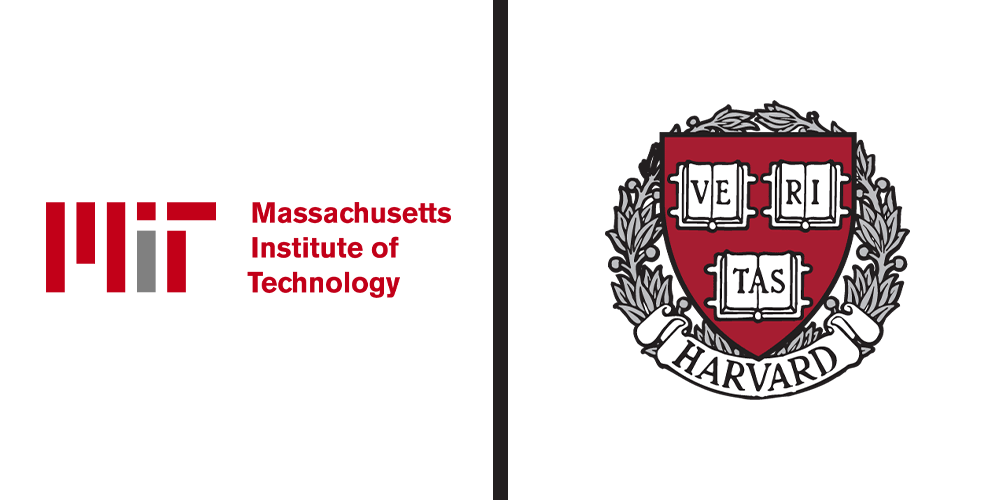Introduction
Welcome back to Controversies, the series where we cut through silicon hype to spotlight the hidden fault lines under the AI gold rush. Today, our gaze swivels from GPU benchmarks to a more metaphysical terrain: the gap between prediction and understanding. A new study from Harvard and MIT lands like a philosophical gut punch—it asks not what a foundation model can do, but what it thinks it’s doing. This edition probes the unsettling question: Can a model trained to mimic the cosmos truly comprehend its laws? We’ll investigate:
Kepler’s Illusion — Why accurate predictions don’t mean a model has found the laws of nature.
Heuristics in Disguise — The hidden shallowness behind models that seem to “get it.”
The Bias Mirror — A new tool that shows what a foundation model really believes.
Let’s step into the lab—not to marvel at what these models can generate, but to ask what they fundamentally understand. Because the next leap in AI won’t be more tokens—it’ll be insight.



